Cannabis buds need to ripen fully in order to produce the best flavours, aromas, and potency. While there’s no real risk to smoking unripe buds, the experience might be underwhelming. Knowing how to identify ripe cannabis flowers, therefore, is key to harvesting the best possible weed both indoors and outside. And that’s exactly what you’ll learn below.
Are your cannabis plants growing heavy with dense, resinous, and fragrant flowers? Are you straining at the leash to cut them down and finally savour the fruits of your labour? You’re far from alone; even experienced cannabis cultivators can grow antsy as harvest time approaches.
Unfortunately, the final weeks of flowering are a crucial stage of the cannabis growth cycle, and harvesting your buds prematurely can be detrimental to both the size and quality of your harvest. Under ripe buds, after all, may not be fully developed, resulting in a lighter harvest and a less potent and aromatic final product – in much the same way that under ripe fruit tends to be lacking in size and flavour.
But how do you know whether your cannabis flowers are under ripe? What signs should you look for to ensure that you harvest your buds at their prime? Keep reading to find out.
Timing is everything – Why it’s important to let your buds ripen completely
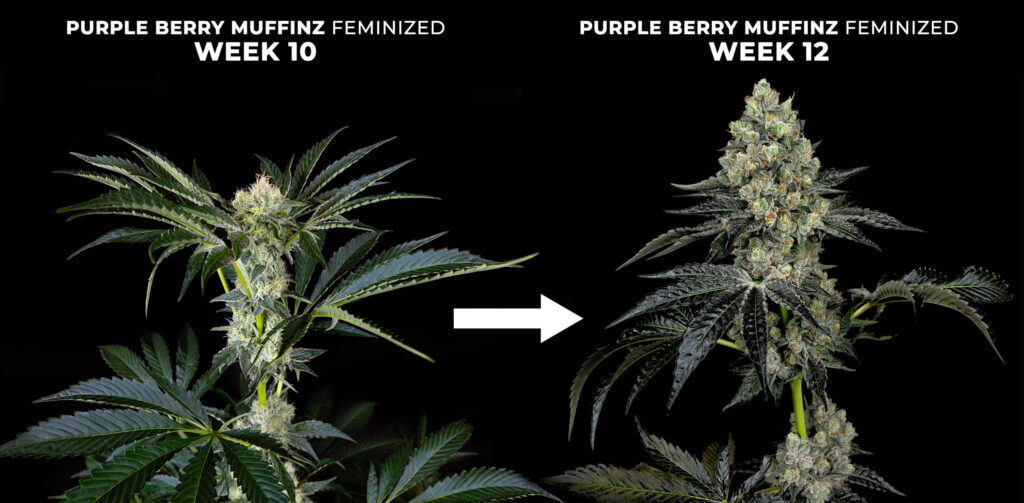
Cannabis is characterised by being a hardy, vigorous, and fast-growing plant. Once they enter their bloom cycle, however, female cannabis plants stop growing and focus all their energy on developing their delicious and aromatic flowers.
As they bloom, female cannabis plants develop buds that essentially harbour their reproductive organs (which are designed to catch male pollen and produce seeds). When we grow sinsemilla weed, the process of keeping female plants unpollinated for extended periods pushes them to produce flowers that are larger, heavier, and more resinous than those produced by pollinated plants.
As they mature, female cannabis plants develop stacks of calyxes (also known as sepals) and a thick resin which is believed to deter predators (like herbivorous animals). If they become overripe, however, cannabis buds start to deteriorate in quality before wilting completely. You can learn more about over ripe cannabis flowers and how to identify them here.
To produce flower boasting the best aromas, flavours, and potency, it’s vital that you allow your female plants enough time to fully mature. If not, you may end up harvesting under ripe buds that lack the size and “oomph” you’re looking for.
How long does weed take to mature?
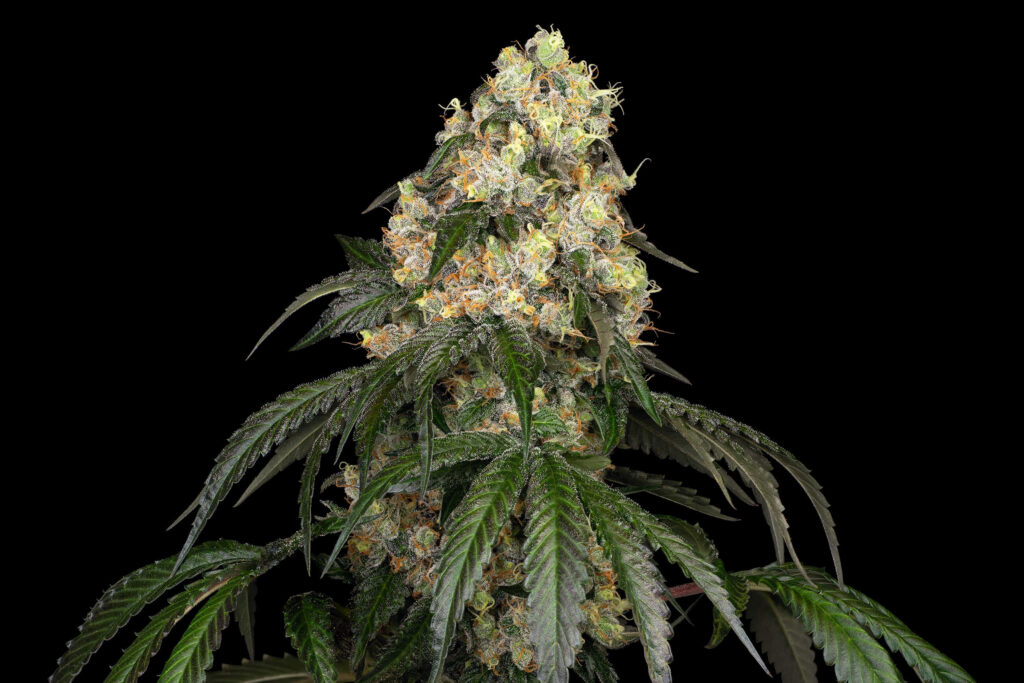
Most modern cannabis strains take 8-10 weeks of flowering time to fully mature. Outdoors, cannabis planted in the Northern Hemisphere is usually harvest-ready by September/October while plants in the Southern Hemisphere can be ready by March/April.
Keep in mind that these are only rough guidelines. In order to harvest your plants at their peak, it’s important you learn to read the maturity of a plant by closely examining its flowers.
What factors influence the speed at which cannabis buds mature?
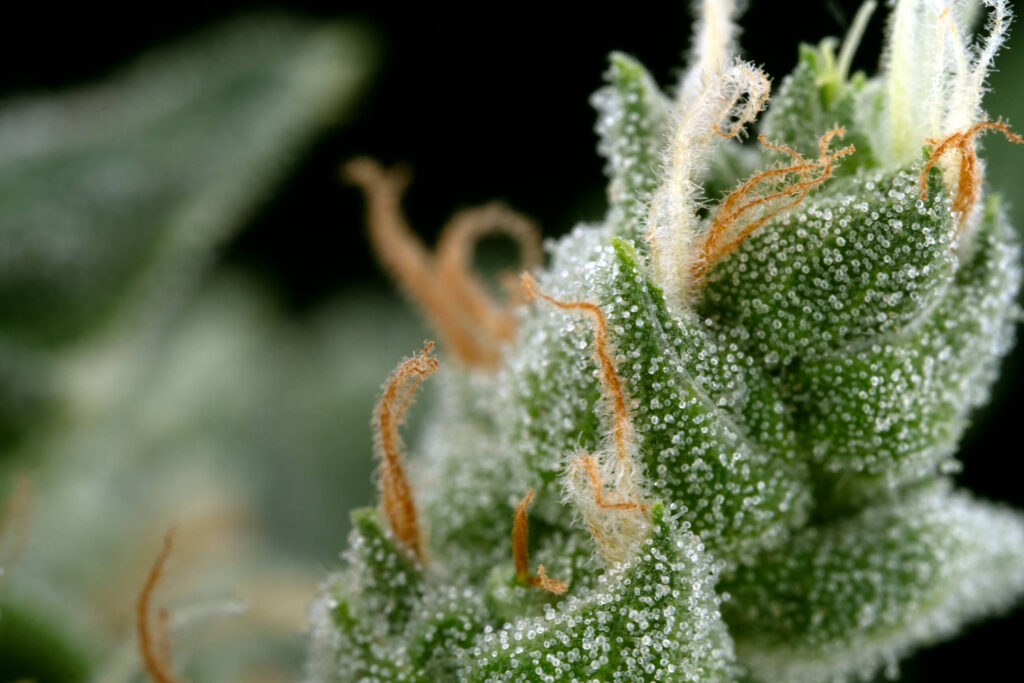
The time it takes for your cannabis plants to mature will depend on the following factors:
- Genetics. In general, indica strains or indica-dominant hybrids mature faster than sativas or sativa-dominant hybrids.
- Light quality. The better the light quality in your garden, the faster your plants will mature. Note that more light isn’t necessarily better, as too much light (say lamps that are unnaturally powerful or placed too close to the canopy) can stress and damage plants. However, weaker light sources will reduce the speed at which your plants flower as well as the size and potency of the buds they produce. UVA and UVB light are of particular importance for flowering cannabis.
- Temperature and relative humidity. Generally, cannabis plants like temperatures of 18-26°C during bloom and relative humidity levels of 30-40% (note that this can vary from one strain to another). Temperatures and humidity levels outside of this range may affect the rate at which your plants mature, as well as cause them other issues. High humidity levels during the flowering phase, for example, can cause bud rot, while high temps can attract a number of pests.
- Stress. Any form of stress (be it environmental or physical) that affects your plants during their flowering phase can have a notable effect on the development of their buds.
To ensure that your cannabis plants produce ripe buds laden with flavour, aroma, and potency, it’s vital you understand the cannabis flowering phase and what plants require during this delicate stage of their life.
What do ripe cannabis flowers look like?
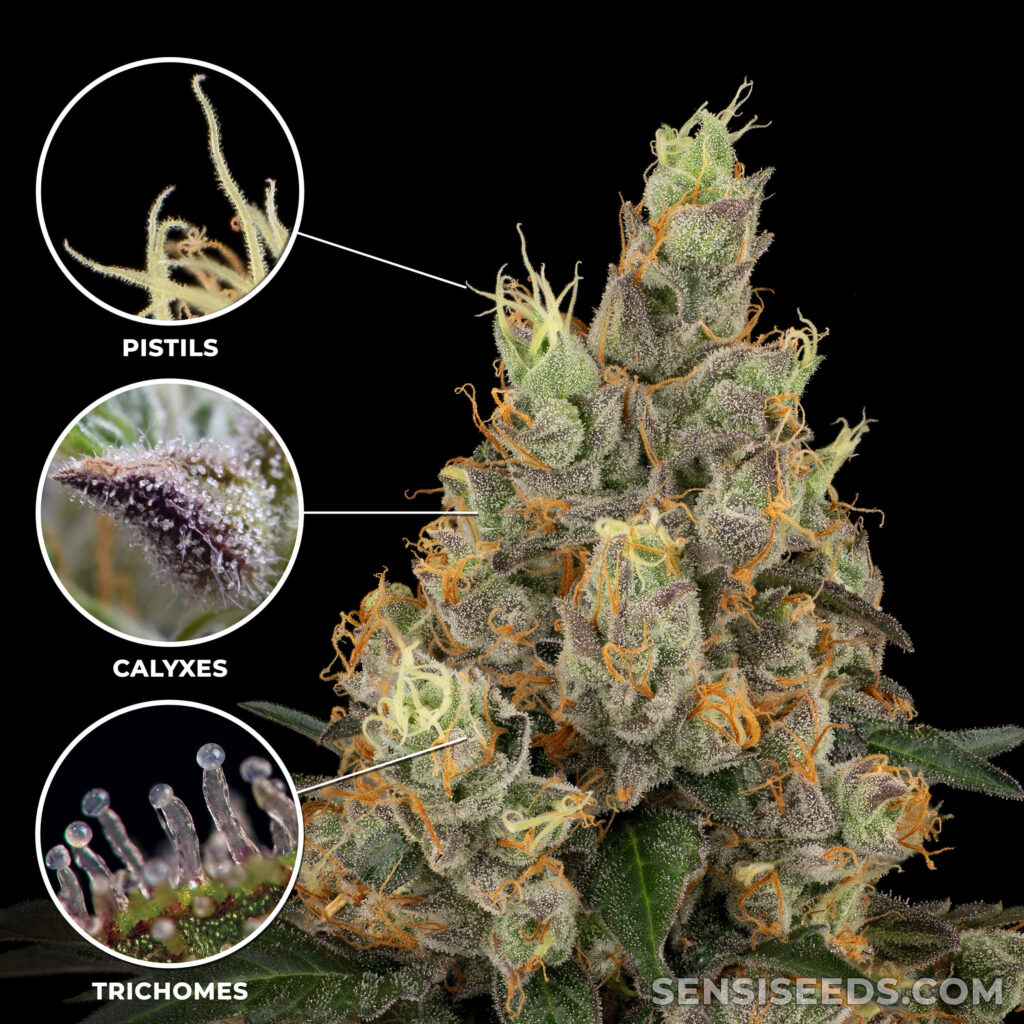
Of course, every cannabis strain is different and can produce buds with unique colours and structure. However, ripe cannabis buds all share some tell-tale characteristics. These include:
- Large, full-looking calyxes. Also known as sepals or bracts, calyxes are the teardrop-shaped structures that make up individual cannabis flowers and, if pollinated, produce seeds. A single cannabis flower is usually made up of multiple calyxes, and modern cannabis strains have been specially bred to produce large stacks of these structures. Ripe cannabis flowers have plump, round, and dense calyxes.
- Mature orange/red pistils. Also known as stigmas, pistils are the long hairs that protrude from the calyxes of female cannabis flowers. Designed to catch male pollen, pistils change colour if they’re pollinated or as an unpollinated female ages. Young pistils look clear before turning yellow/off-white and eventually turning orange or red. Pollinated flowers will also develop orange pistils.
- Ripe trichomes. Trichomes are the crystal-like resin glands that start to form on cannabis flowers as they mature. These tiny crystals (which look like glass bubbles or mushrooms under a microscope) house the terpenes, flavonoids, and cannabinoids that give weed its unique properties. Young trichomes are clear, then turn cloudy and finally amber as cannabis matures.
Cloudy trichomes – The tell-tale sign of ripe cannabis buds
The best way to get an accurate reading of whether your cannabis plants are ripe or not comes from looking at their trichomes. You can do this using inexpensive microscopes or a jeweller’s loupe.
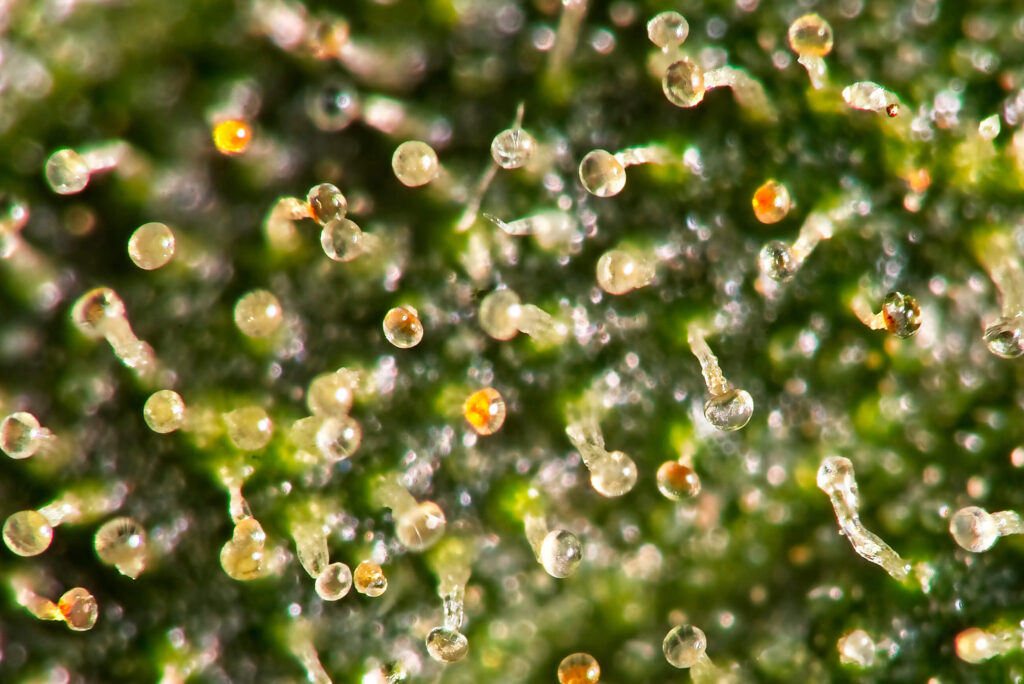
Most cannabis growers harvest their plants when their trichomes are 70% milky/cloudy, 15% clear, and 15% amber. Some, however, prefer to harvest their buds before they develop any amber trichomes, arguing that they preserve a more uplifting, energizing, and creative effect.
Meanwhile, other growers prefer to let their flowers develop more amber trichomes, arguing that they take on a more relaxing and mellow buzz.
What are the signs of under ripe buds?
So, you now know how to identify mature cannabis flowers. But what about unripe buds? What are the signs that a plant’s flowers need more time on the vine?
As mentioned above, looking at a plant’s trichomes is the best way to gauge its maturity. However, there are other things you can look for to identify unripe cannabis flowers.
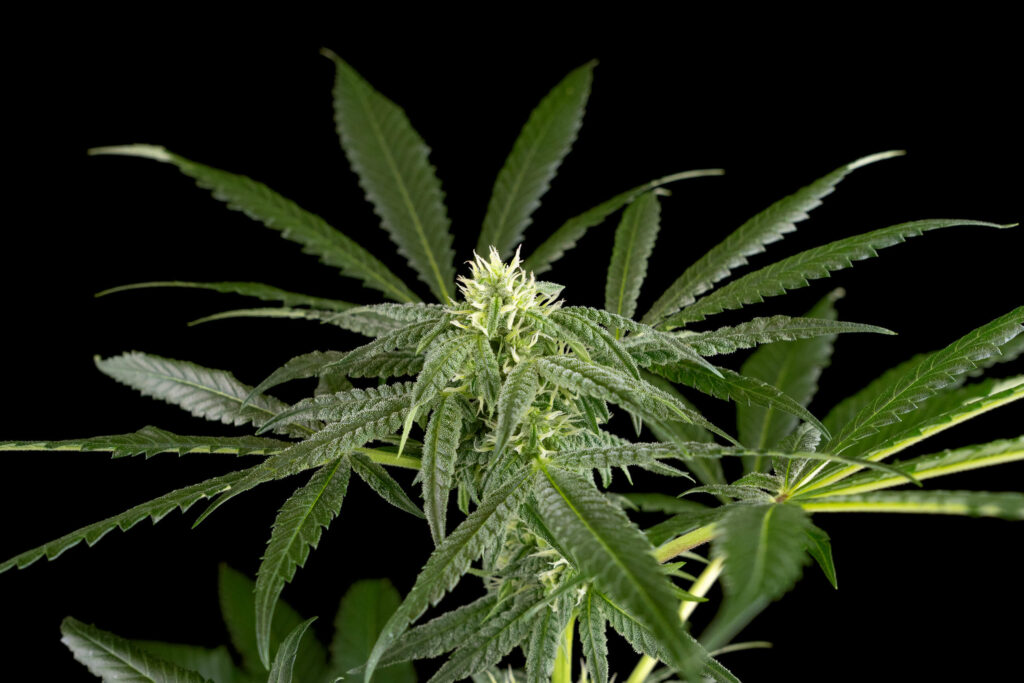
If your plants are still very immature (say 3-4 weeks from their ideal harvest date), their buds will look notably underdeveloped even to the naked eye. Their calyxes, for example, may look flat rather than full, and their pistils will be mostly white. Finally, if you were to look at them under a microscope, young cannabis flowers will have small, clear trichomes.
As they creep closer to their harvest date, cannabis flowers will fatten up and eventually stop growing. This is where it’s crucial to start looking at their trichomes, as even big flowers with nice red pistils may still have many clear crystals. Using a microscope, you can accurately measure the maturity of your buds and pick them at their prime. As you get more harvests under your belt, you’ll also eventually find that sweet spot for harvesting cannabis at its prime.
FAQs about under ripe weed buds:
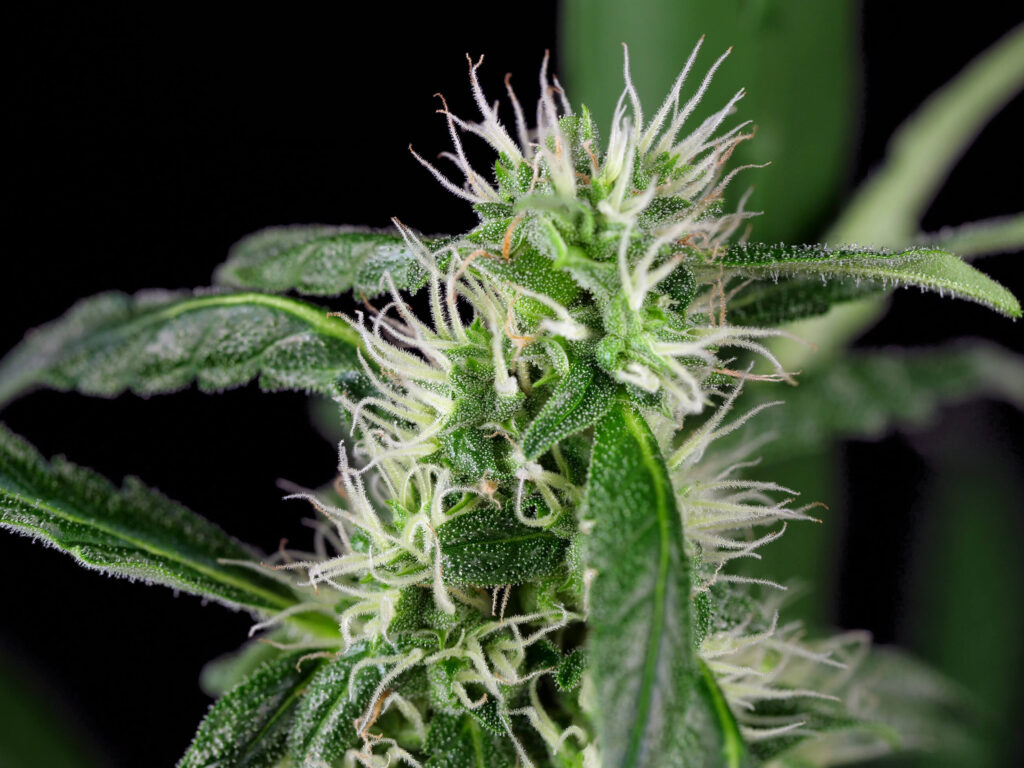
Unlike overripe cannabis flowers (which can contain mould or bacteria, depending on just how overripe they are), there’s usually no real risk involved in smoking unripe buds. Keep in mind, however, that under ripe flowers may lack the flavour and potency you’re looking for. Because they typically contain less resin, unripe cannabis buds can also make for a harsh smoke that tastes overly grassy.
The density and structure of your cannabis buds may vary depending on their genetics. Sativa flowers, for example, are typically more airy and lighter than indica buds. However, your flowers may also feel light and fluffy if they are unripe, so be sure to check their trichomes as described above. If your flowers have mature trichomes but lack density, this may be a sign of stunted growth caused by physical or environmental stress during the bloom phase.
Ripe cannabis buds will have plump calyxes, orange/red pistils, and mature trichomes. Under ripe buds, on the other hand, may look notably small or light, have white pistils, and clear trichomes.
Harvesting your weed at the right time is crucial to ensure you end up with a heavy harvest of dense, fragrant, and potent buds. While most modern cannabis strains flower in 8-10 weeks, checking a plant’s trichomes, pistils, and bud structure are key to harvesting ripe flowers.
Do you have extra tips on how to avoid under ripe buds? Share them with the rest of our readers below, and feel free to ask any questions to ensure your next harvest is packed with big, flavourful, and potent flowers!
- Disclaimer:Laws and regulations regarding cannabis cultivation differ from country to country. Sensi Seeds therefore strongly advises you to check your local laws and regulations. Do not act in conflict with the law.






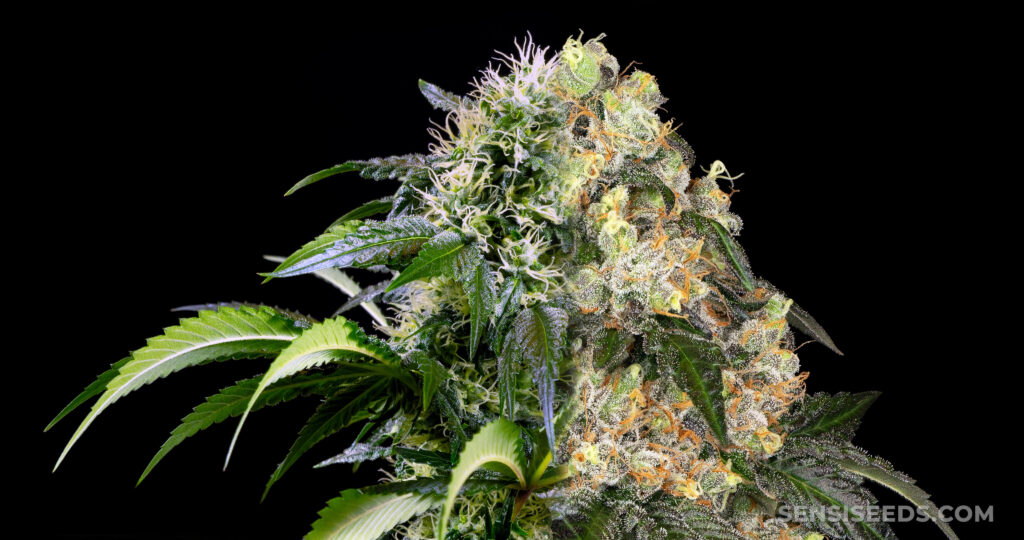
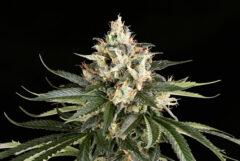
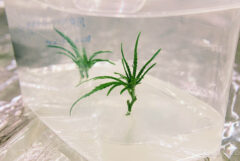
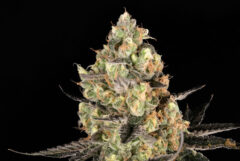

Mexican Sativa..im.growing outdoor in ohio. We are supposed to go to 32 degrees tonight. I’m going to try and cover her lightly over top w frost cover. We ate supposed to have few more weeks of 70s and 50 at night..I dont think shes quite ready..has anyone done this or familiar w outdoor grow of mex sativa outdoor..in north ohio??
My plant’s tricombs are starting to turn opaque or milky white. Not all the pistols have turned brown or orange. Maybe half. They are large beautifulthick dense buds and you can smell them accross the yard.. Just touch one and your fingers stick together… I have a coin microscope with a 10 inch lcd display.. Really cool and better than any jewlers loo. My question is should I wait a tad longer and wait until a few of the tricombs turn amber or should I harvest now… Would one week be too long to wait at this time. My only concern is that the last week has been particularly rainy and it seems that there are hurricanes(Helena) coming up from the south. We will not get the force of the storm but I’m sure more rain will come as a residual offshot. Naturally I’m worried about mold which has not presented itself but if this rain persists mold will start to appear. Question..Should I harvest now or give it a week? Thanks for any advice.
If you have a lot of rain in the forecast better to harvest early than to lose your crop to mold. Unless your plants are in pots and can be moved inside.